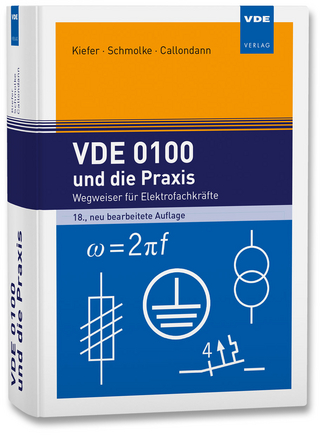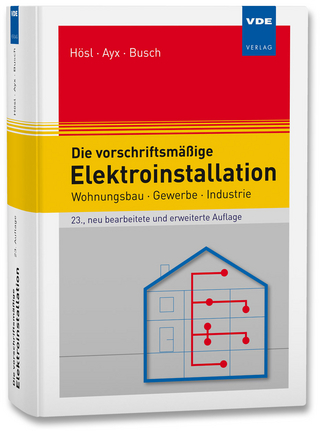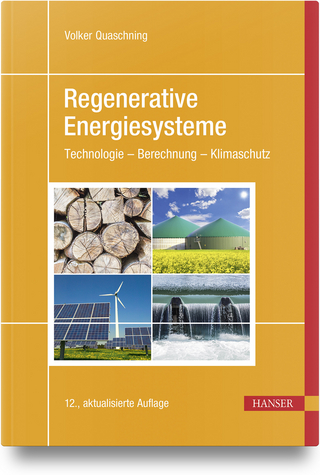
Microwave Circuits for 24 GHz Automotive Radar in Silicon-based Technologies
Seiten
2014
Springer Berlin (Verlag)
978-3-642-43994-0 (ISBN)
Springer Berlin (Verlag)
978-3-642-43994-0 (ISBN)
This book describes advanced circuits and techniques around 24GHz for radar applications. It includes a presentation of the design, implementation, and characterization of microwave receiver circuits in CMOS and SiGe bipolar technologies.
There are continuous efforts focussed on improving road traffic safety worldwide. Numerous vehicle safety features have been invented and standardized over the past decades. Particularly interesting are the driver assistance systems, since these can considerably reduce the number of accidents by supporting drivers' perception of their surroundings. Many driver assistance features rely on radar-based sensors. Nowadays the commercially available automotive front-end sensors are comprised of discrete components, thus making the radar modules highly-priced and suitable for integration only in premium class vehicles. Realization of low-cost radar fro- end circuits would enable their implementation in inexpensive economy cars, c- siderably contributing to traffic safety. Cost reduction requires high-level integration of the microwave front-end c- cuitry, specifically analog and digital circuit blocks co-located on a single chip. - cent developments of silicon-based technologies, e.g. CMOS and SiGe:C bipolar, make them suitable for realization of microwave sensors. Additionally, these te- nologies offer the necessary integration capability. However, the required output power and temperature stability, necessary for automotive radar sensor products, have not yet been achieved in standard digital CMOS technologies. On the other hand, SiGe bipolar technology offers excellent high-frequency characteristics and necessary output power for automotive applications, but has lower potential for - alization of digital blocks than CMOS.
There are continuous efforts focussed on improving road traffic safety worldwide. Numerous vehicle safety features have been invented and standardized over the past decades. Particularly interesting are the driver assistance systems, since these can considerably reduce the number of accidents by supporting drivers' perception of their surroundings. Many driver assistance features rely on radar-based sensors. Nowadays the commercially available automotive front-end sensors are comprised of discrete components, thus making the radar modules highly-priced and suitable for integration only in premium class vehicles. Realization of low-cost radar fro- end circuits would enable their implementation in inexpensive economy cars, c- siderably contributing to traffic safety. Cost reduction requires high-level integration of the microwave front-end c- cuitry, specifically analog and digital circuit blocks co-located on a single chip. - cent developments of silicon-based technologies, e.g. CMOS and SiGe:C bipolar, make them suitable for realization of microwave sensors. Additionally, these te- nologies offer the necessary integration capability. However, the required output power and temperature stability, necessary for automotive radar sensor products, have not yet been achieved in standard digital CMOS technologies. On the other hand, SiGe bipolar technology offers excellent high-frequency characteristics and necessary output power for automotive applications, but has lower potential for - alization of digital blocks than CMOS.
Vadim E. Issakov (M'07) was born on August 10, 1981 in The Russian Federation. In 2006 he received the M.Sc. degree (cum laude) in microwave engineering from the Technical University Munich, Germany. From 2006 to 2010, he worked towards the Ph.D. degree as a Research Assistant in the Institute of Electrical Engineering and Information Technology, Department for High-Frequency Electronics at the University of Paderborn, Germany. Currently he is with Infineon Technologies AG.
Radar Systems.- CMOS and Bipolar Technologies.- Modeling Techniques.- Measurement Techniques.- Radar Receiver Circuits.- Radar Transceiver Circuits.- Conclusions and Outlook.- LFMCW Radar.- FSCW Radar.- Surface Charge Method.- Measurement of Active Circuits.
| Erscheint lt. Verlag | 13.12.2014 |
|---|---|
| Zusatzinfo | XIV, 208 p. |
| Verlagsort | Berlin |
| Sprache | englisch |
| Maße | 155 x 235 mm |
| Gewicht | 349 g |
| Themenwelt | Technik ► Elektrotechnik / Energietechnik |
| Technik ► Fahrzeugbau / Schiffbau | |
| Schlagworte | CMOS • field-effect transistor • Integrated circuit • Integrated Circuits • ISM • Radar • Radar / Funkmesstechnik • SIGE |
| ISBN-10 | 3-642-43994-2 / 3642439942 |
| ISBN-13 | 978-3-642-43994-0 / 9783642439940 |
| Zustand | Neuware |
| Informationen gemäß Produktsicherheitsverordnung (GPSR) | |
| Haben Sie eine Frage zum Produkt? |
Mehr entdecken
aus dem Bereich
aus dem Bereich
Technologie – Berechnung – Klimaschutz
Buch | Hardcover (2023)
Hanser (Verlag)
39,99 €


